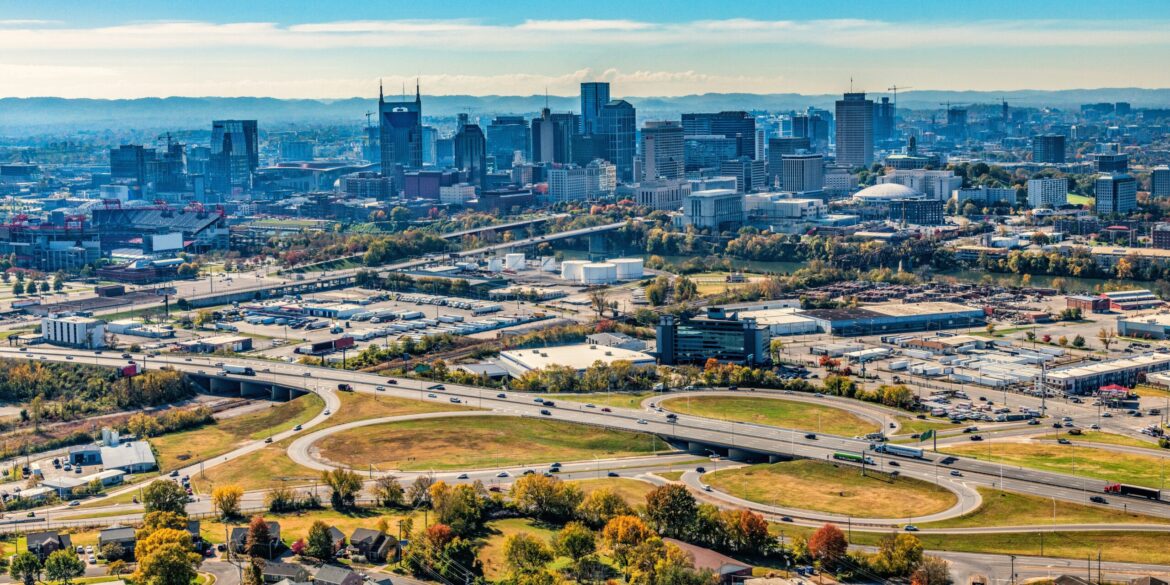Dallas city officials have announced a landmark $350 million transit expansion project aimed at transforming urban mobility across the Dallas-Fort Worth metropolitan area. This ambitious initiative, spearheaded by the Dallas Area Rapid Transit (DART) authority, seeks to reduce traffic congestion, enhance connectivity, and promote sustainable transportation options amid the region’s rapid population growth.
Expanding Light Rail and Bus Rapid Transit Networks
Central to the project are plans to extend approximately 15 miles of light rail, connecting underserved neighborhoods with key economic, educational, and cultural hubs. The new lines will improve access to downtown Dallas, the medical district, and major employment centers, addressing longstanding transit gaps in historically marginalized communities.
In addition to rail expansions, the initiative introduces multiple new Bus Rapid Transit (BRT) corridors. These dedicated bus lanes are designed to offer faster, more reliable service by reducing delays from traffic congestion. Key corridors include routes along major arterials such as Lancaster Road and Forest Lane, which currently experience high ridership and traffic volumes.
The combination of rail and BRT enhancements reflects a multimodal approach to meeting diverse commuter needs, encouraging more residents to shift from private vehicles to public transit.
Project Goals and Community Benefits
Mayor Jennifer Caldwell underscored the project’s significance in a recent city council session: “Investing in transit infrastructure is vital for Dallas’s continued growth and environmental sustainability. This expansion improves accessibility, reduces car dependency, and promotes equitable economic opportunities.”
The initiative prioritizes transit-dependent populations, focusing on communities historically underserved by public transportation. By improving connectivity, the project aims to enhance access to jobs, education, healthcare, and essential services, thus fostering social equity.
Community engagement has been integral to project planning, with numerous public forums and outreach efforts ensuring resident voices shape route design and service priorities. Local advocacy groups have applauded the emphasis on inclusivity and responsiveness.
Funding and Environmental Impact
The $350 million budget is financed through a blend of federal and state grants, including funds from the Federal Transit Administration’s (FTA) Capital Investment Grants program, supplemented by local bonds approved in recent elections.
Environmental sustainability is a core focus. Dallas ranks among the most congested metro areas in the U.S., contributing significantly to regional greenhouse gas emissions. By incentivizing public transit use, the project seeks to alleviate pollution and improve air quality.
Plans call for deploying energy-efficient vehicles, including electric and hybrid buses, along with infrastructure upgrades such as solar-powered stations and LED lighting. DART aims to reduce its carbon footprint substantially over the next decade, aligning with Texas’s broader environmental goals.
Construction Timeline and Service Continuity
Construction is slated to begin in late 2025, with phased openings anticipated through 2030. DART officials emphasize minimizing disruption during construction by implementing alternative routes and maintaining robust communication with commuters.
Efforts include real-time service updates via mobile apps, community liaison teams, and partnerships with local businesses to mitigate economic impacts during construction phases.
Stimulating Economic Growth and Transit-Oriented Development
Urban planners project that the transit expansion will catalyze economic development around new transit hubs. These areas are expected to attract mixed-use projects incorporating residential, commercial, and retail spaces, fostering vibrant, walkable communities.
Affordable housing initiatives are integrated into planning frameworks to prevent displacement and ensure benefits reach diverse populations. The Dallas Housing Authority and private developers are collaborating on multiple projects aimed at increasing housing options near transit lines.
Such transit-oriented development aligns with successful models seen in other cities, where access to reliable transit correlates with increased property values, job creation, and improved quality of life.
Public Reception and Future Outlook
Residents have expressed optimism about the expansion’s potential to reduce commute times, ease traffic congestion, and enhance connectivity. Social media platforms and local news outlets have featured positive coverage, highlighting community hopes for a more sustainable and accessible Dallas.
Transportation experts regard the project as a blueprint for rapidly growing metropolitan areas grappling with similar challenges. Dr. Emily Nguyen, an urban planning professor at the University of Texas at Dallas, observes, “Dallas’s investment demonstrates how targeted transit infrastructure can address congestion, promote equity, and drive economic vitality.”

